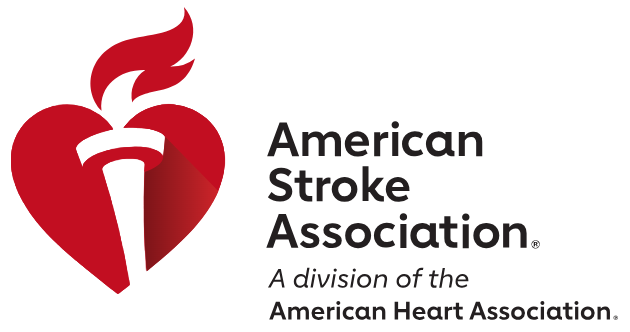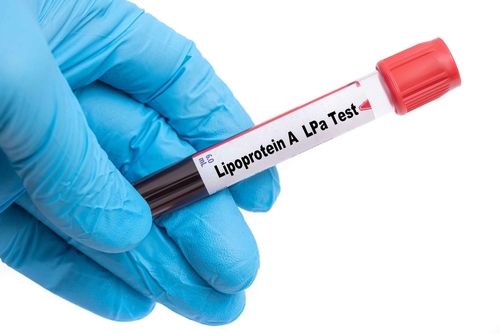
A new clinical guideline from the American Stroke Association, a division of the American Heart Association, on primary care stroke screening and management was published on October 21, 2024, in Stroke. The guide, titled “2024 Guideline for the Primary Prevention of Stroke,” replaces the last set of guidelines published a decade ago. The new guideline provides evidence-based recommendations for strategies to support brain health and prevention strategies for those who have no prior history of stroke.
Chair of the guideline writing group, Cheryl D. Bushnell, MD, MHS, FAHA, noted, “The most effective way to reduce the occurrence of a stroke-related death is to prevent the first stroke—referred to as primary prevention.” The key recommendations include regular health screenings, identifying risk factors, lifestyle intervention, and medication when indicated.
Below are the four main components that the new stroke guidelines consider:
Identification and Management of Risk Factors
Primary causes for stroke include unidentified and unmanaged cardiovascular disease risk factors, which can damage arteries, the brain, and the heart years before heart disease or stroke presents in patients. Modifiable risk factors for stroke include high blood pressure, overweight and obesity, elevated cholesterol, and elevated blood sugar. These conditions should be addressed with healthy lifestyle and behavior modifications, which may include medications for select patients, such as antihypertensive medications, statins, and the novel consideration of glucagon-like peptide 1 receptor agonist medications.
Encouraging Healthy Lifestyle Behaviors
The American Heart Association’s Life’s Essential 8 cardiovascular health metrics includes nutrition, regular physical activity, avoiding tobacco, healthy sleep and weight, controlling cholesterol, and managing blood pressure and sugar. Specifically, the guideline recommends a Mediterranean diet even for adults with no prior cardiovascular risk. The guideline also emphasizes the importance of physical activity as an essential tool for stroke risk reduction and overall heart health. The US Department of Health and Human Services, reemphasized by the recent stroke guidelines, recommends that adults should get at least 150 minutes per week of moderate-intensity aerobic activity or 75 minutes per week of vigorous aerobic activity.
Emphasis on Health Equity and Stroke Risk
A new aspect of the guideline update is the emphasis on social determinants of health and the effect they have on stroke risk. These are nonmedical factors including education, economic stability, access to care, discrimination, structural racism, and neighborhood factors (such as living in a food desert). Health care professionals should ensure accessibility to patient education of various educational and language levels.
New Sex- and Gender-Specific Recommendations
The guideline also includes updated gender- and sex-specific recommendations for women. Factors such as use of oral contraception, high blood pressure during pregnancy, premature birth, endometriosis, premature ovarian failure, and early onset menopause should be screened and considered for elevating stroke risk. Transgender women and gender-diverse individuals taking estrogen for gender affirmation may also be at an increased risk for stroke. Therefore, these factors need to be considered in evaluating stroke risk in these populations.
Lastly, the American Stroke Association emphasizes the importance of learning the warning signs of stroke and preventive measures with the acronym FAST: Face drooping, Arm weakness, Speech difficulty, Time to call 911.







 © 2025 Mashup Media, LLC, a Formedics Property. All Rights Reserved.
© 2025 Mashup Media, LLC, a Formedics Property. All Rights Reserved.